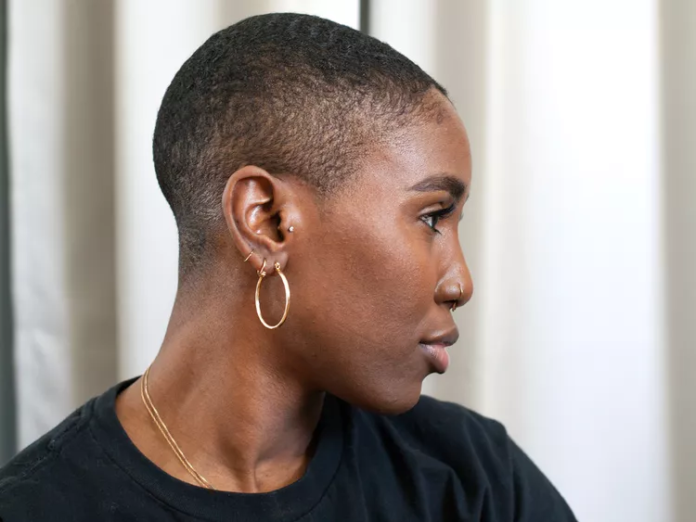Ingrown hairs on the Scalp: What You Need to Know
Ingrown hairs are a common problem that can occur when hair grows back into the skin instead of out. This can cause irritation, redness, and inflammation, and in severe cases, can lead to infection. While ingrown hairs are most commonly associated with body hair, they can also occur on the scalp. If you’re dealing with ingrown hairs on your scalp, here’s what you need to know.
Causes of Ingrown Hairs on the Scalp
There are several factors that can contribute to the development of ingrown hairs on the scalp. These include:
- Shaving: Shaving the scalp can cause the hair to grow back inwards, especially if you use a dull razor or apply too much pressure.
- Hair Styling: Pulling the hair too tightly or using heated styling tools can cause the hair to become ingrown.
- Harsh Hair Products: Using products that contain harsh chemicals or alcohol can dry out the scalp and cause the hair to become brittle, increasing the risk of ingrown hairs.
- Genetics: Some people may be more prone to ingrown hairs due to genetic factors.
Signs and Symptoms of Ingrown Hairs on the Scalp
The signs and symptoms of ingrown hairs on the scalp can include:
- Redness and inflammation: Ingrown hairs can cause the scalp to become red and inflamed, especially around the hair follicle.
- Pain and irritation: Ingrown hairs can be painful and itchy, especially when touched or brushed.
- Whiteheads or pus: In severe cases, ingrown hairs can form whiteheads or pus-filled bumps.
- Hair Loss: Ingrown hairs can cause hair to break off or become trapped, resulting in hair loss.
How to Get Rid of Ingrown Hairs on the Scalp
If you’re dealing with ingrown hairs on your scalp, here are some tips from dermatologists to help get rid of them:
- Exfoliate: Gently exfoliating the scalp can help remove dead skin cells and unclog hair follicles. You can use a scalp scrub or a gentle exfoliating brush.
- Use a Salicylic Acid-Based Product: Salicylic acid is a beta-hydroxy acid that can help unclog pores and reduce inflammation. You can apply a salicylic acid-based product to the affected areas of the scalp.
- Try a Hair Growth Serum: Using a hair growth serum can help encourage healthy hair growth and reduce the risk of ingrown hairs. Look for a serum that contains ingredients like biotin, peppermint oil, or tea tree oil.
- Keep the Scalp Clean: Keeping the scalp clean can help prevent the buildup of oil and dirt that can contribute to ingrown hairs. Use a gentle shampoo and wash the scalp regularly.
- Avoid Tight Hairstyles: Tight ponytails, braids, or buns can pull on the hair and cause it to become ingrown. Try to avoid these styles or use looser, gentler variations.
- See a Dermatologist: If you’re experiencing severe or persistent ingrown hairs on the scalp, it’s a good idea to see a dermatologist. They can recommend more aggressive treatments, such as laser hair removal or prescription creams.
Conclusion
Ingrown hairs on the scalp can be a frustrating and uncomfortable problem, but there are several ways to treat and prevent them. By exfoliating, using salicylic acid-based products, trying a hair growth serum, keeping the scalp clean, and avoiding tight hairstyles, you can reduce the risk of ingrown hairs and keep your scalp healthy. If you’re experiencing severe or persistent problems, see a dermatologist for personalized advice and treatment. Remember, taking good care of your scalp is an important part of overall hair health!



